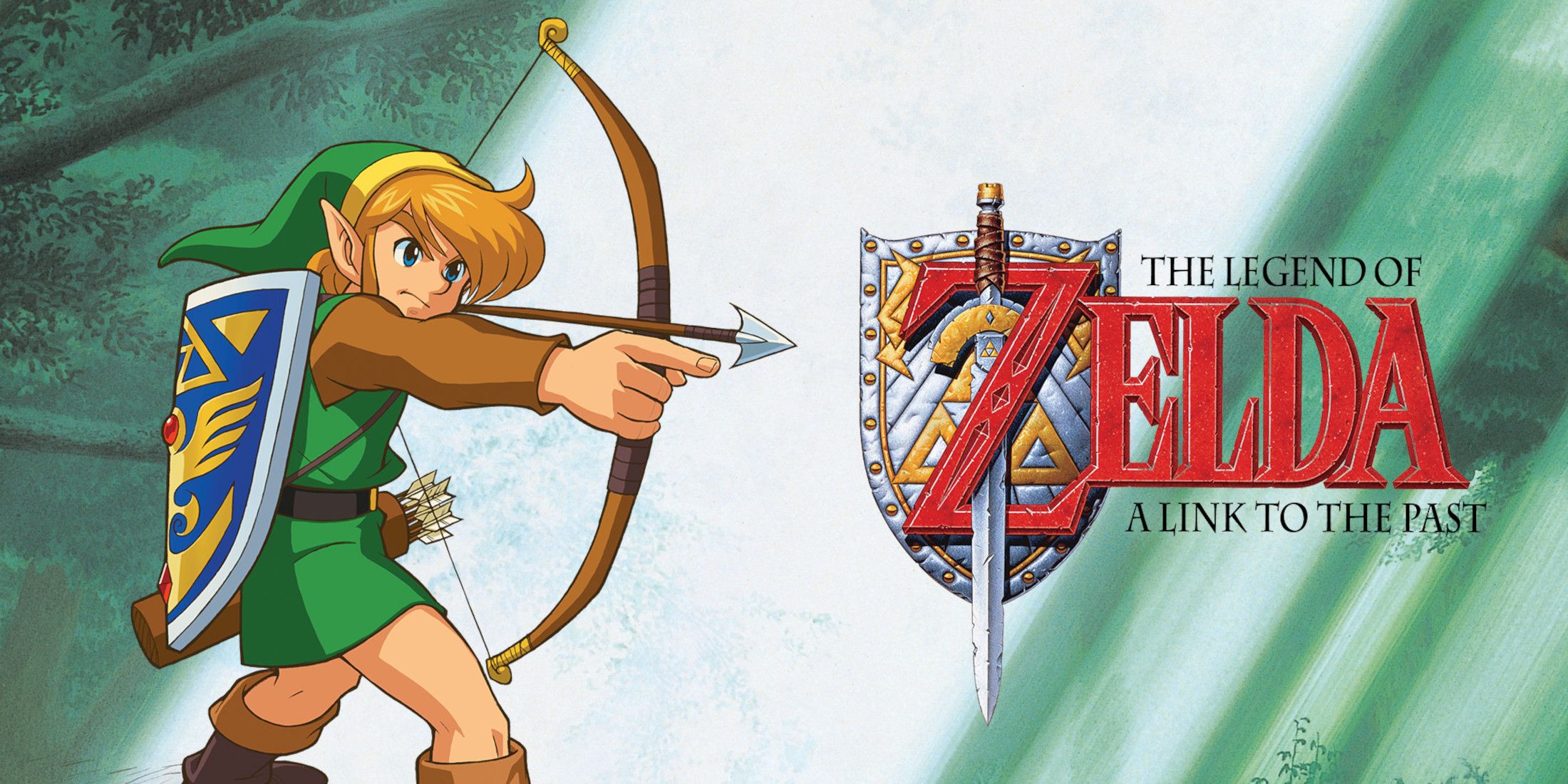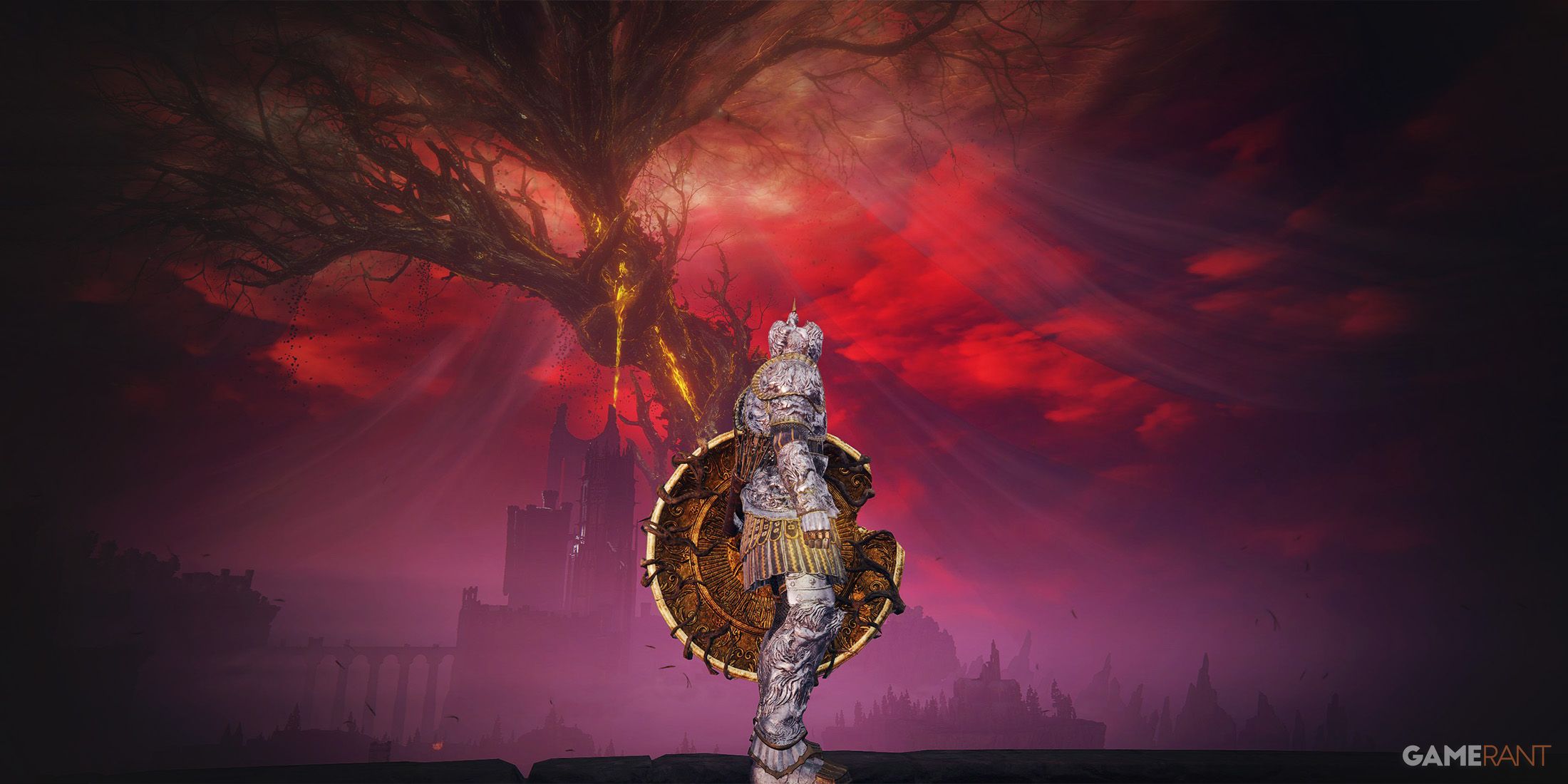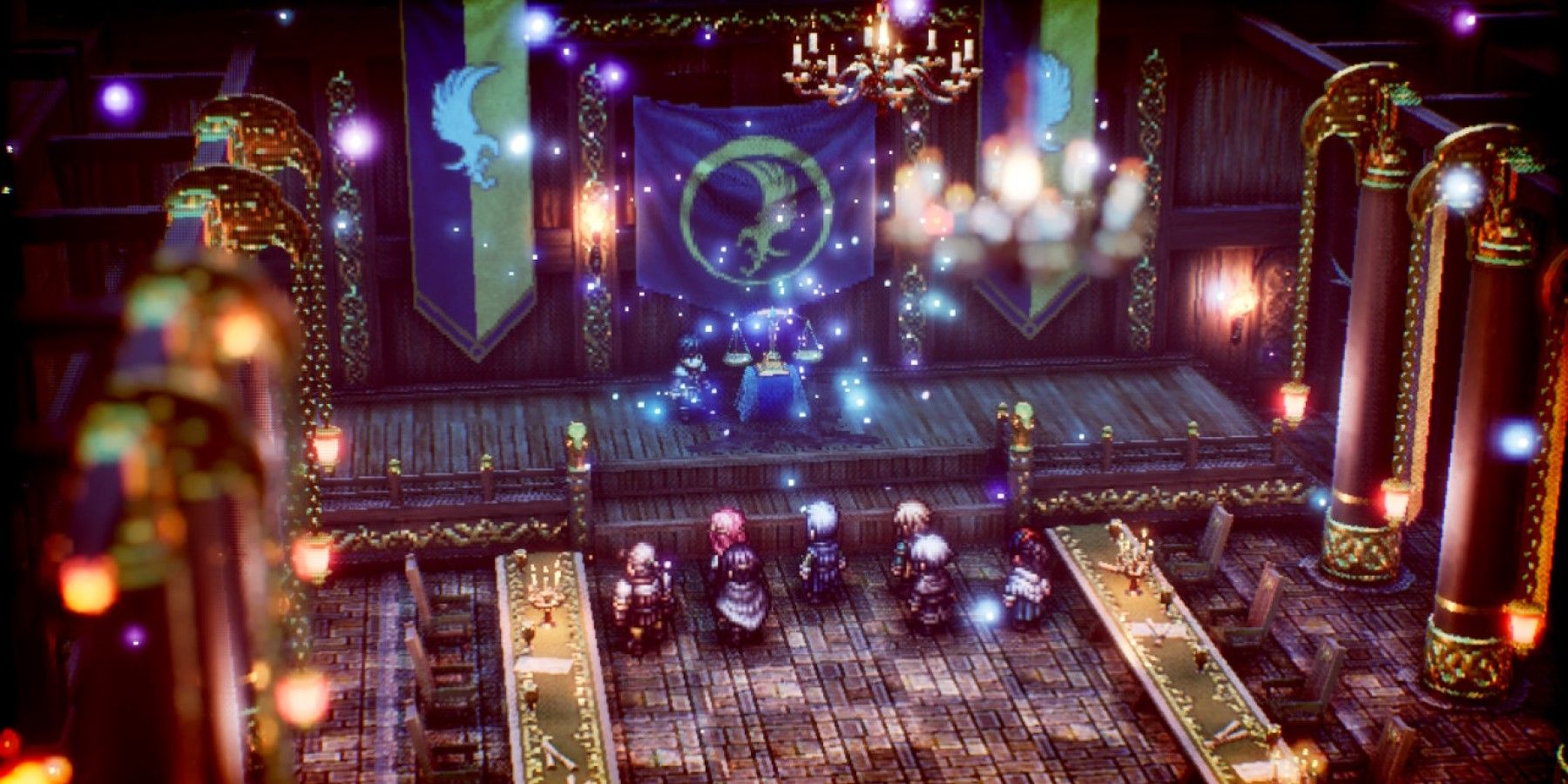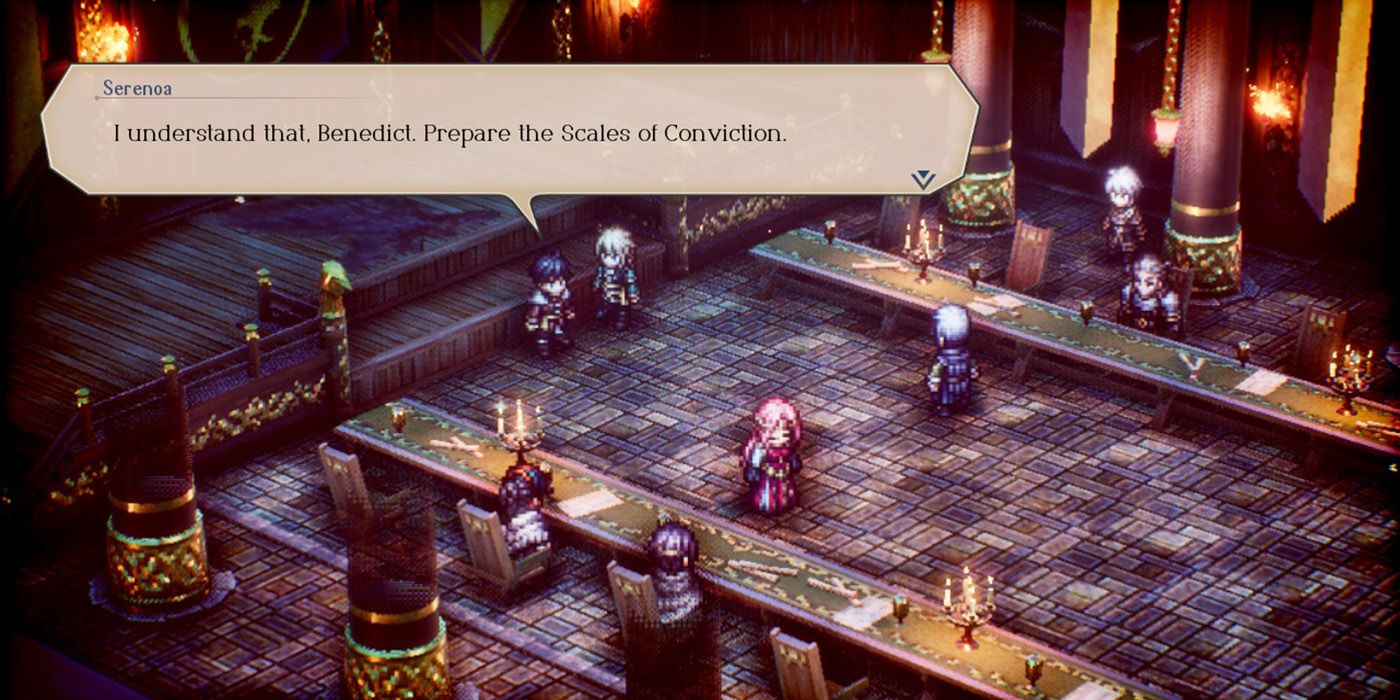Triangle Strategy, the latest tactical JRPG from Square Enix, released for the Nintendo Switch in the first week of March. Following in the footsteps of popular JRPG titles like Bravely Default and Octopath Traveler, Triangle Strategy uses character interactions and turn-based tactical combat to tell a twisting tale of betrayal and heroism.
One of the most interesting mechanics in Triangle Strategy is the Scales of Conviction, which represent moments in which the story can diverge drastically. At these moments, 7 of the game's many companions will cast votes on which route the group should take, and it's up to players to persuade them to follow a particular path.
How the Scales of Conviction Work in Triangle Strategy
When players reach these key points in Triangle Strategy's story, they'll be confronted with decisions that can change the plot going forward. Resolving these decisions requires a ballot between the player's companions, but interestingly, the player character doesn't get a vote themselves. Instead, they get the ability to break ties, and can also try to persuade their companions to vote one way or another.
However, many of the players companions feel very strongly about the dilemmas that are raised in the Scales of Conviction, and persuading them isn't always easy, or even possible. In order to stand the best chance of persuading their companions to vote for the path they'd prefer, players must make sure to explore the world as much as possible between votes. This will allow them to raise their Conviction and gain information which will unlock unique dialogue options when persuading. However, it's worth noting that unlockable dialogue options aren't necessarily the best choice. Instead, players should try to decide which line of persuasion would best convince the companion based on their personality.
How to Persuade Companions in Triangle Strategy
There are almost a dozen Scales of Conviction points throughout the story of Triangle Strategy, each one diverging the plot to a minor or major degree. The game's companions will always be divided at these points, with some openly supporting each option and others undecided until the vote actually begins. When players talk to a companion they'd like to persuade, they'll get one of the following feelings as displayed by a line of internal dialogue. These indicate how persuasion is likely to go:
Feeling | What It Means |
This one should listen to reason. | Persuasion will be quite simple, and players will struggle to pick incorrect dialogue options. |
It may take effort, but they can be swayed. | There are a couple of different options that will persuade this character. |
Negotiating may yet prove fruitful. | Players will need to make a well-thought-out case to persuade them. |
They will listen at the very least. | The companion will require players to have a certain level of Conviction. |
This one will not be easily swayed. | Players will need a high Conviction score and good dialogue choices to succeed. |
I'd have better luck talking to a stone wall. | While not impossible, players will need both the perfect dialogue and very high Conviction to stand even a chance of persuading this companion. |
In addition to choosing the right dialogue options, players often won't be able to persuade companions without a high enough score in the appropriate Conviction. For example, persuading a companion to favor a Utility-themed choice may require a large amount of Utility to succeed at all. This means that players who want to be able to choose their entire route through the game shouldn't focus on one Conviction alone, as they're sure to need one of the others to persuade their companions at some point. It's highly advisable to save the game at the beginning of each Scales of Conviction session, as players will then be able to try the vote multiple times, and even raise their Convictions through mock battles.
Triangle Strategy is available now for the Nintendo Switch.






